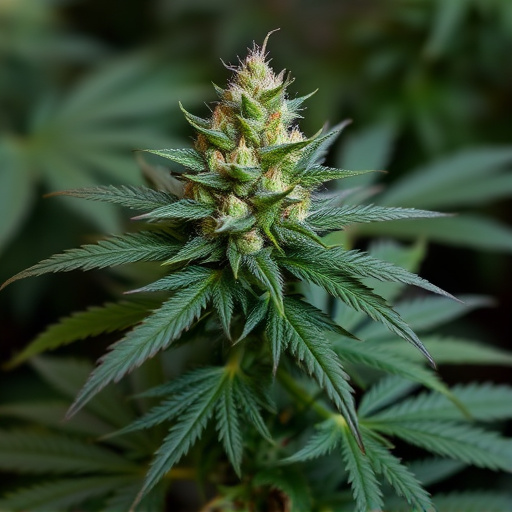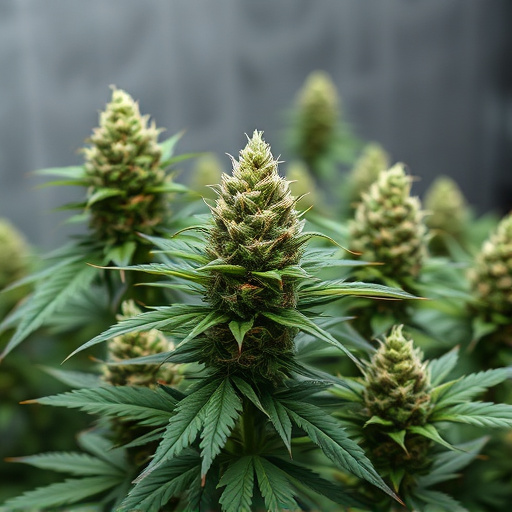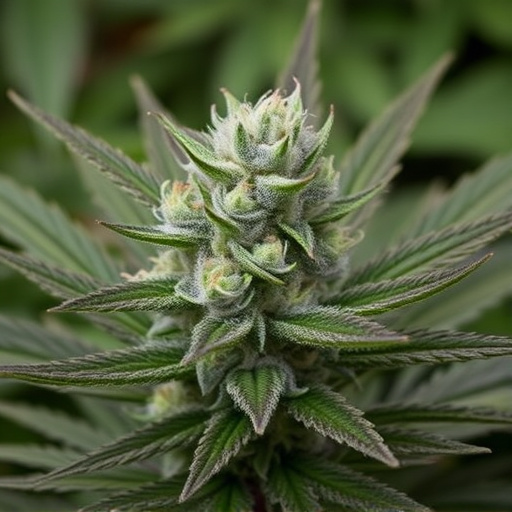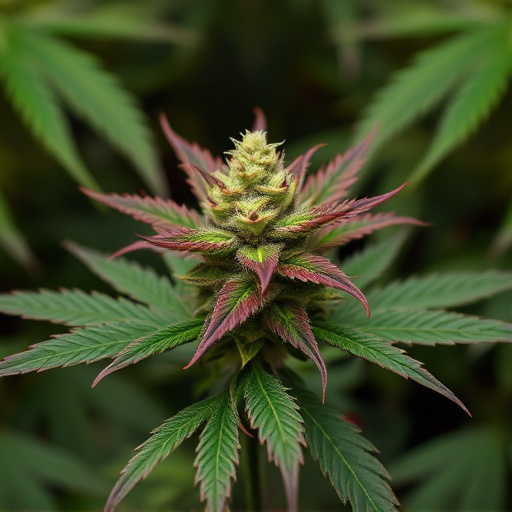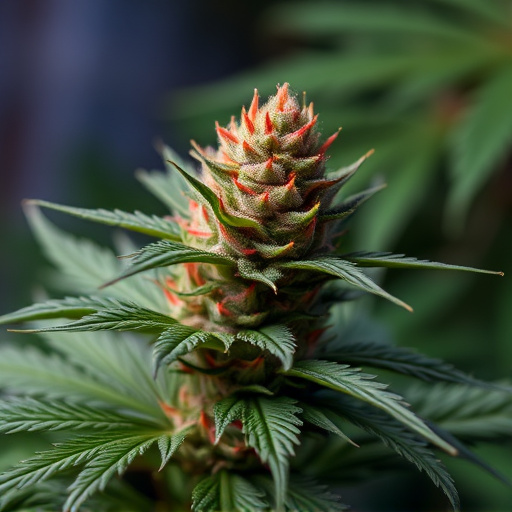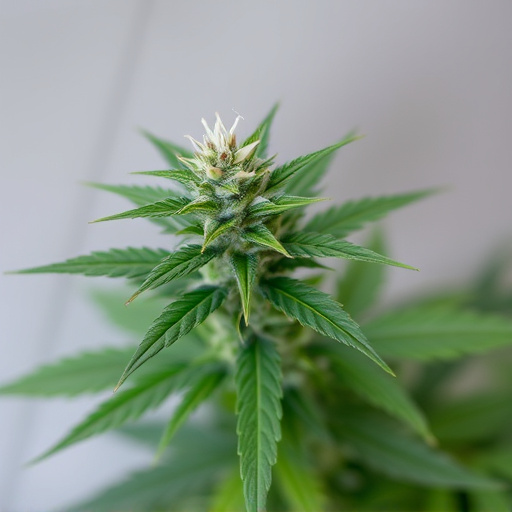Cannabis, through its compounds THC and CBD, interacts with the endocannabinoid system to manage fibromyalgia pain, offering a potential therapeutic alternative or adjunct. High-CBD, non-intoxicating strains have shown effectiveness in alleviating chronic pain. However, due to cannabis variability, individualized approaches and professional guidance are crucial; more clinical trials are needed to establish evidence-based practices for its use in treating fibromyalgia and other chronic conditions.
“Unraveling the complex relationship between cannabis and brain function, this article explores how the plant’s unique compounds can enhance cognitive abilities. We delve into the science behind its impact on the nervous system, particularly focusing on potential therapeutic benefits for conditions like fibromyalgia. By examining specific cannabis strains known for their pain-relieving properties, we uncover a promising path forward in alternative medicine. Additionally, safety considerations and future research directions are discussed, offering a comprehensive view of this evolving field.”
- Understanding Cannabis and its Impact on the Brain
- Cannabis Strains for Fibromyalgia: A Potential Therapy
- Safety Considerations and Future Research Directions
Understanding Cannabis and its Impact on the Brain
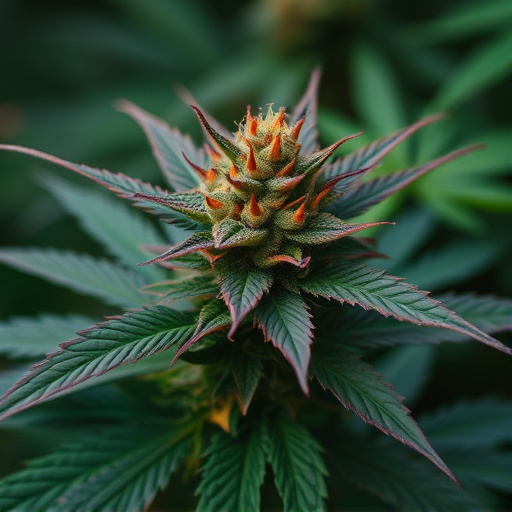
Cannabis, a plant with a rich history in various cultures, has gained modern attention for its potential therapeutic effects on the human body, particularly in managing pain and certain medical conditions. Among its numerous compounds, tetrahydrocannabinol (THC) and cannabidiol (CBD) have sparked scientific interest due to their unique interaction with the endocannabinoid system (ECS), a complex network of receptors found throughout the brain and body.
The impact of cannabis on brain function is a fascinating area of study. Research suggests that THC, the primary psychoactive compound, can bind to specific receptors in the ECS, influencing mood, memory, and sensory perception. For individuals with conditions like fibromyalgia, cannabis strains high in CBD have shown promise in mitigating chronic pain without the intoxicating effects of THC. These non-psychoactive compounds interact with the ECS in a way that promotes balance and could offer an alternative or adjunctive treatment option for various neurological and inflammatory disorders, including fibromyalgia.
Cannabis Strains for Fibromyalgia: A Potential Therapy

Cannabis has gained attention as a potential therapy for various conditions, and among its many applications, it shows promise in managing fibromyalgia—a chronic disorder characterized by widespread pain, fatigue, and sleep disturbances. Certain cannabis strains are known to interact with the endocannabinoid system, which plays a significant role in regulating pain perception and inflammation. By activating CB1 and CB2 receptors, specific cannabis strains can offer relief from fibromyalgia symptoms.
For instance, high CBD (cannabidiol) strains have been widely studied for their anti-inflammatory properties, potentially reducing muscle spasms and pain associated with fibromyalgia. Balanced or indica-dominant strains are often recommended due to their calming effects, which may help improve sleep quality—a common challenge for individuals living with this condition. As always, consulting healthcare professionals is essential before considering cannabis as a treatment option for any medical condition, including fibromyalgia.
Safety Considerations and Future Research Directions

While cannabis has shown promising results in enhancing brain function and offering potential relief for various conditions, it’s crucial to approach its use with caution. Safety considerations are paramount, especially when exploring cannabis strains for fibromyalgia or other chronic pain management. The variability in cannabis composition, including THC and CBD levels, underscores the need for individualized approaches and professional guidance. Future research directions should focus on long-term safety studies and understanding the complex interplay between different cannabis compounds and brain receptors.
Additionally, more clinical trials are necessary to establish evidence-based guidelines for optimal dosing and strain selection tailored to specific conditions like fibromyalgia. As the legal landscape surrounding cannabis continues to evolve, promoting responsible use and fostering open dialogue between patients, healthcare providers, and researchers will be essential in unlocking its full potential while ensuring safety.
Cannabis, with its diverse compounds and strains, offers promising therapeutic potential for various conditions. In particular, cannabis strains for fibromyalgia show promise in managing symptoms and enhancing brain function. However, more research is needed to fully understand safety considerations and optimal usage. As the legal status of cannabis continues to evolve, continued exploration into its benefits—especially in targeted areas like treatment for fibromyalgia—represents a significant step forward in healthcare options and improved quality of life for those affected.

